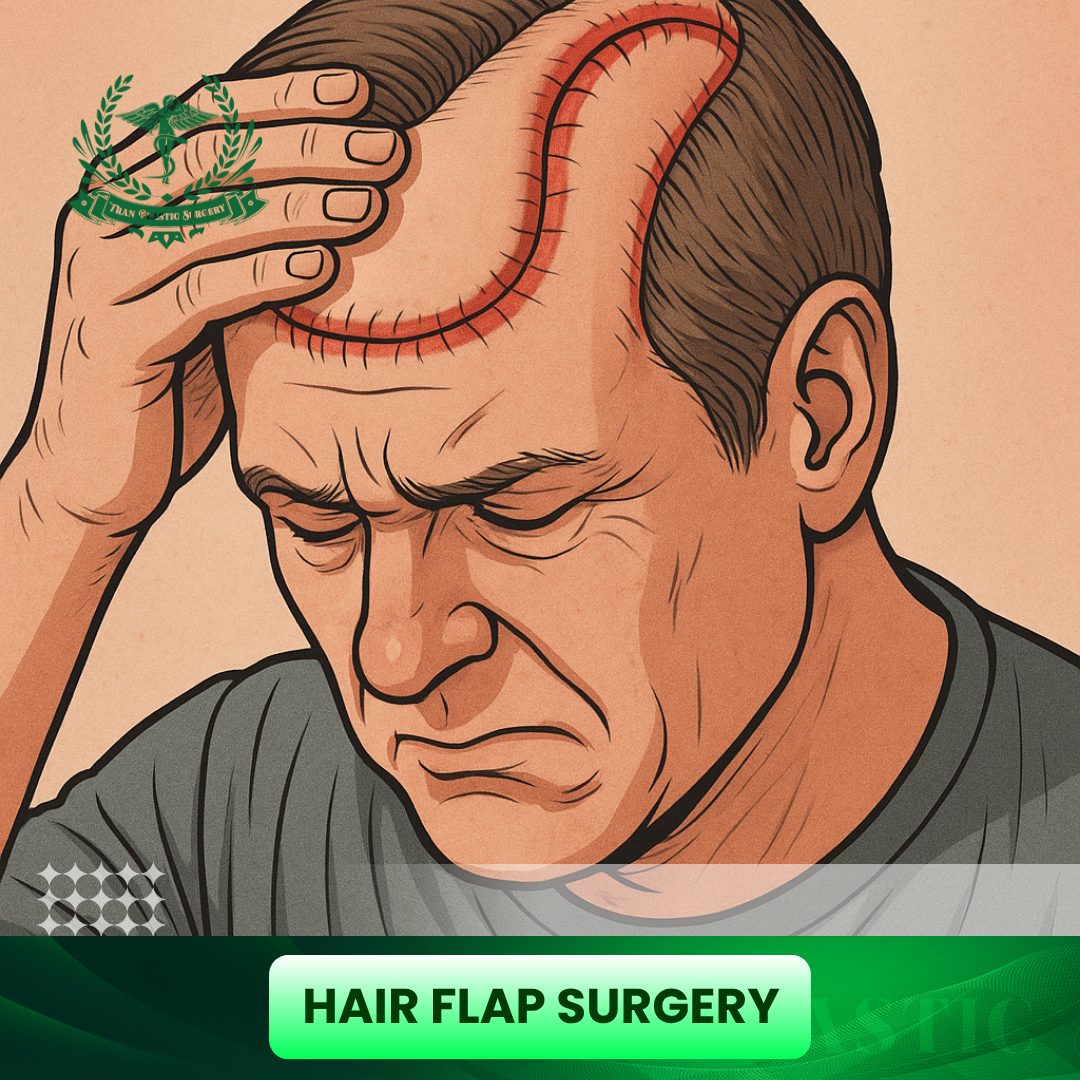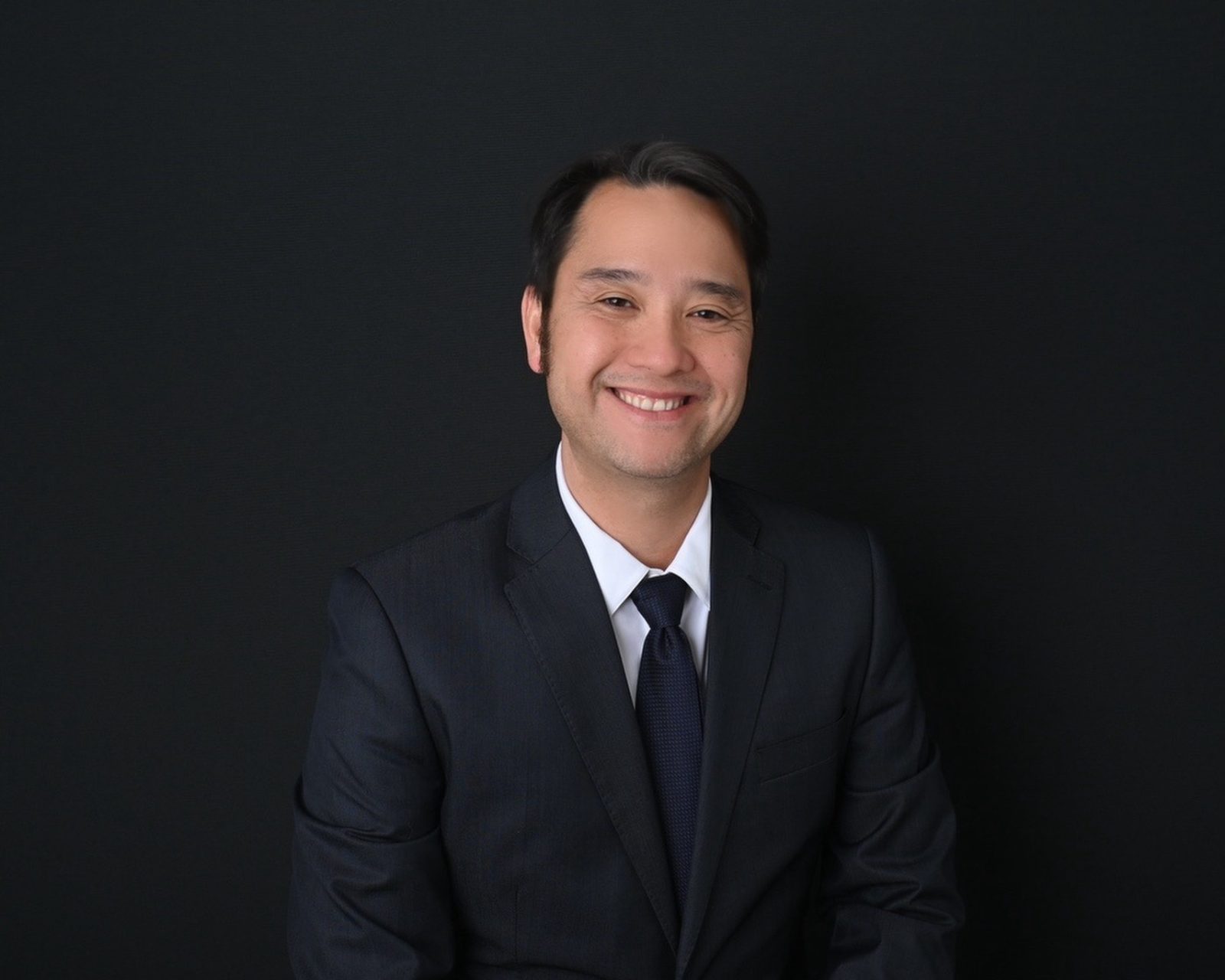Table of Contents
ToggleBrief History of Hair Flap Procedures
Hair Flap Surgery originated during the 1970s as a pioneering approach to hair restoration. At that time, technology for hair transplantation was still developing, and surgeons sought methods that could provide dense coverage for large bald areas. By transferring a section of scalp complete with its existing hair follicles from the sides or back of the head to the front, surgeons could recreate a full-looking hairline in just one operation.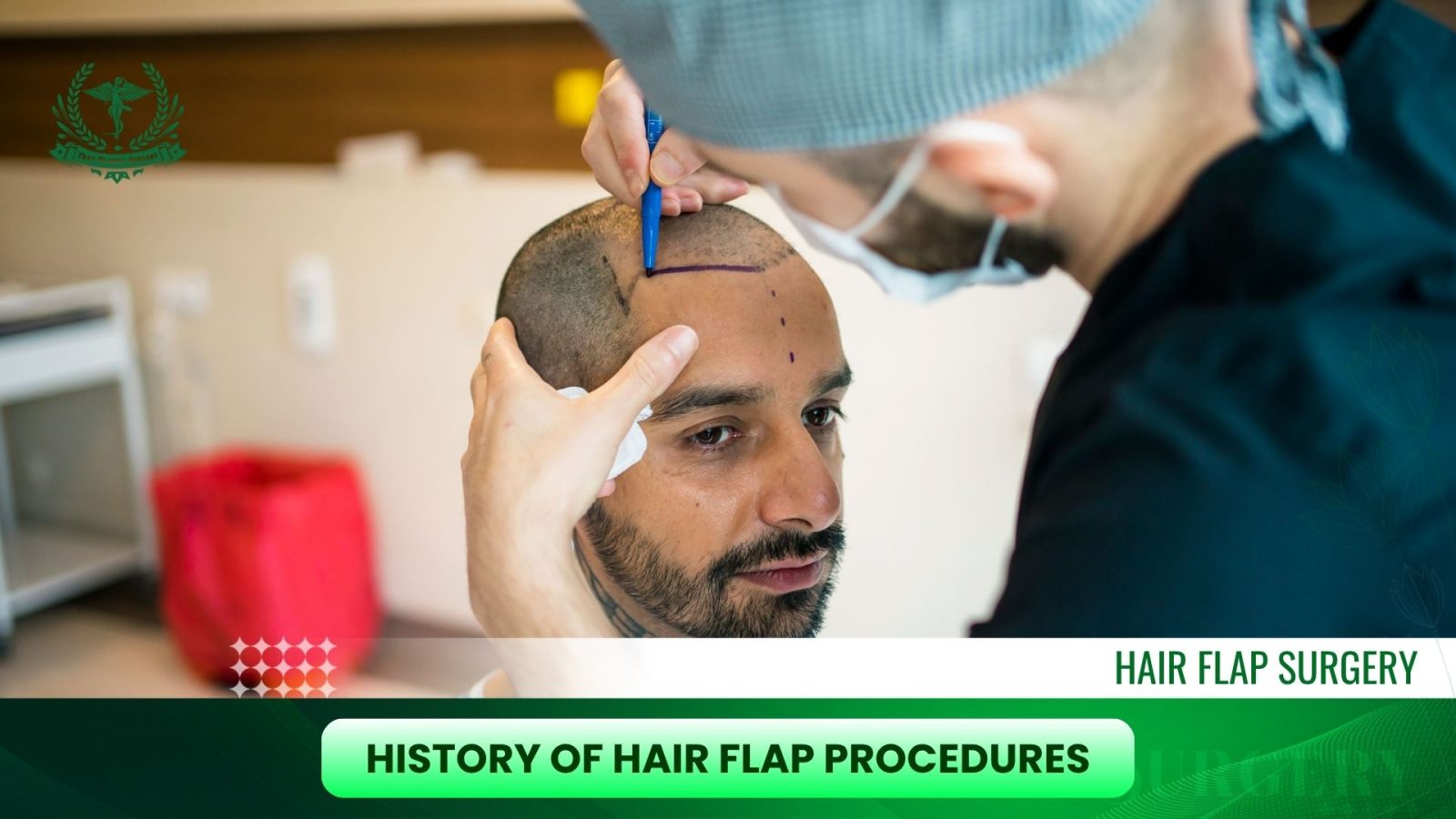
Should I have Hair Flap Surgery for hair restoration?
It’s strongly not recommended to have Hair Flap Surgery for hair restoration today. While it was once considered an innovative option decades ago, it has been largely replaced by safer, more advanced methods such as FUE (Follicular Unit Extraction), FUT (Follicular Unit Transplantation), and robotic hair transplantation. Here’s why:1. Outdated Technique with High Risk
Hair Flap Surgery involves rotating a large piece of scalp from one area to another. This creates a visible linear scar and often leads to unnatural hair direction, limited blood flow, and even tissue necrosis. These risks are significantly higher than with modern methods, which use microsurgical precision to move individual hair follicles.2. Unnatural and Irreversible Results
Because the flap carries hair from the sides or back of the head, the hairline often grows in the wrong direction backward instead of forward. The result looks artificial and is extremely difficult to correct. Once the flap is rotated, reversing the damage requires multiple complex repair surgeries.3. Modern Alternatives Are Safer and More Natural
Current techniques like FUE and robotic transplants allow for:- Precise control of hair angle, direction, and density
- Minimal scarring (tiny punctures instead of long incisions)
- Shorter recovery time
- More natural-looking hairlines
4. Long-Term Costs and Maintenance
Although some clinics may promote flap surgery as cheaper upfront, the long-term cost of correcting poor results or complications can far exceed the price of a modern transplant. Patients often end up needing additional procedures to fix scarring, asymmetry, or hairline deformities. If you’re considering hair restoration, Hair Flap Surgery should not be an option. Instead, consult a board-certified hair restoration specialist who offers FUE, FUT, or robotic hair transplant techniques. These methods provide natural results, minimal scarring, and far less risk aligning with today’s medical and aesthetic standards. It is time to take the next step toward a natural and confident look. Schedule a consultation with Tran Plastic Surgery to assess your scalp, discuss advanced restoration options, and design a personalized treatment plan tailored to your goals.Different Types of Hair Flap Surgery
Hair Flap Surgery can be performed in several variations, each designed to transfer sections of scalp tissue containing active hair follicles to the balding area. These techniques share a common goal restoring density quickly but they differ in design, incision pattern, and blood supply management. Below are the main types that have shaped the evolution of this procedure.1. Juri Flap (Temporoparietal-Occipital Flap Surgery)
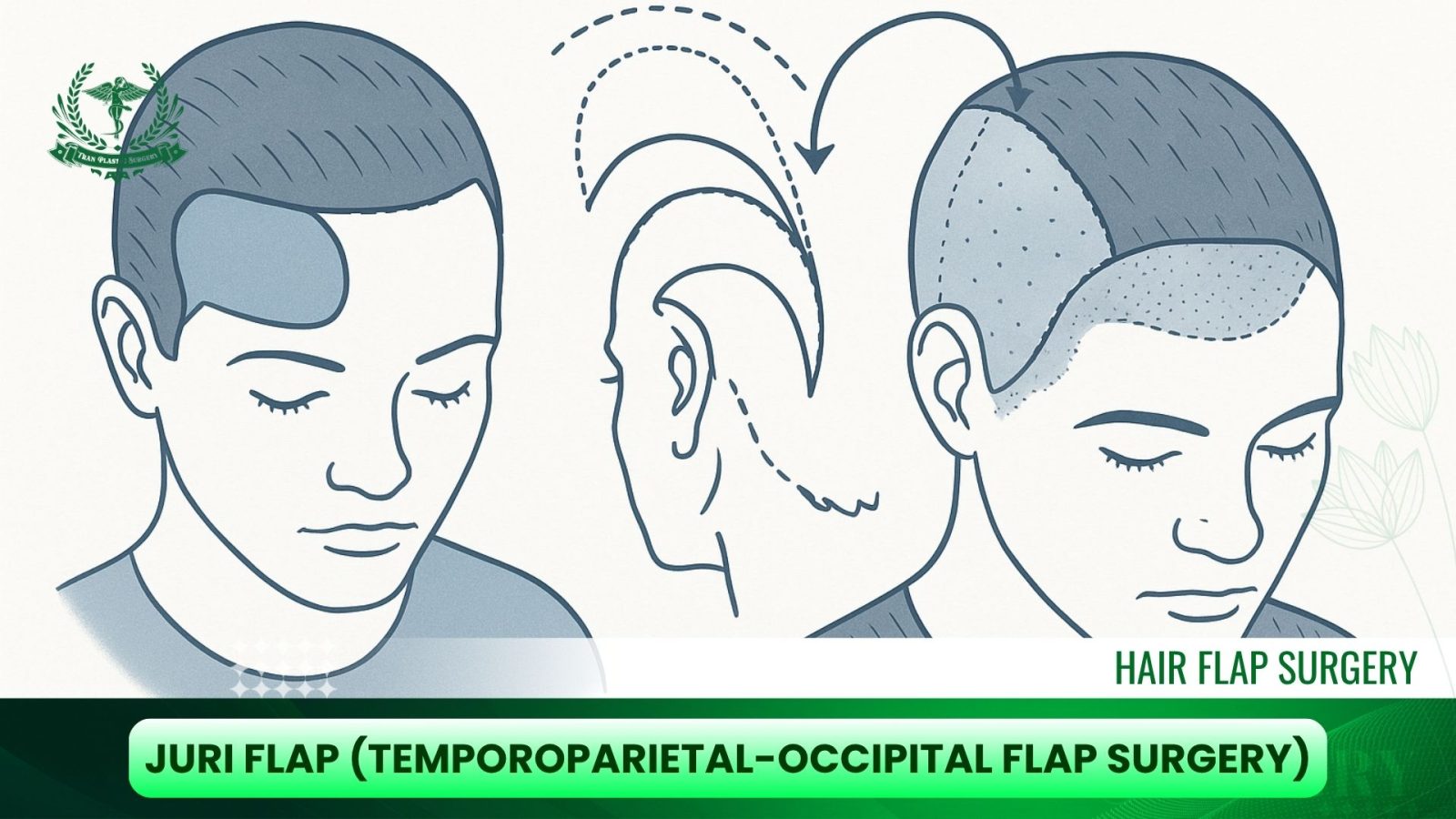
2. Elliot Flap (Temporoparietal Flap Surgery)
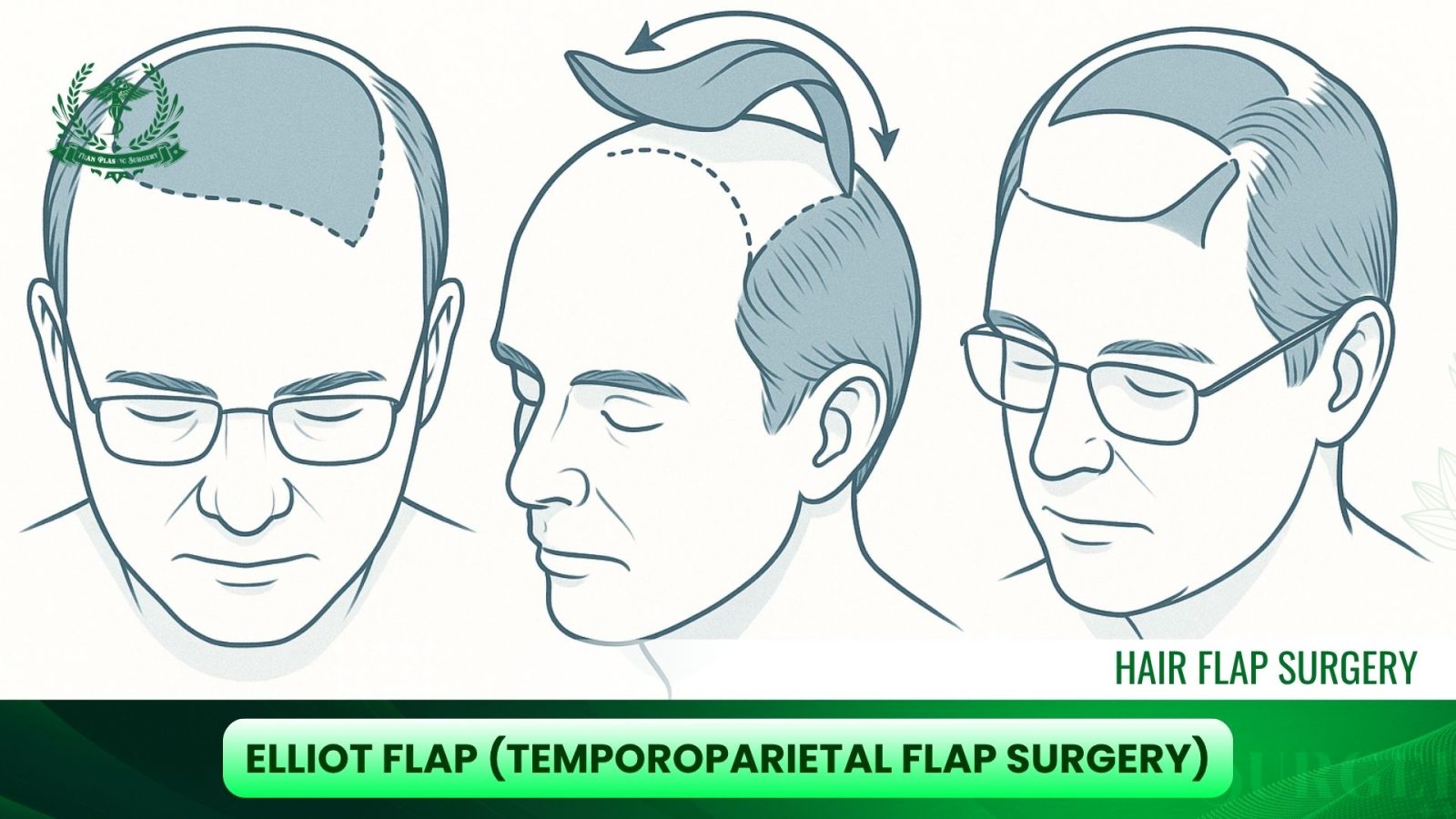
3. Fleming/Mayer Flap Surgery
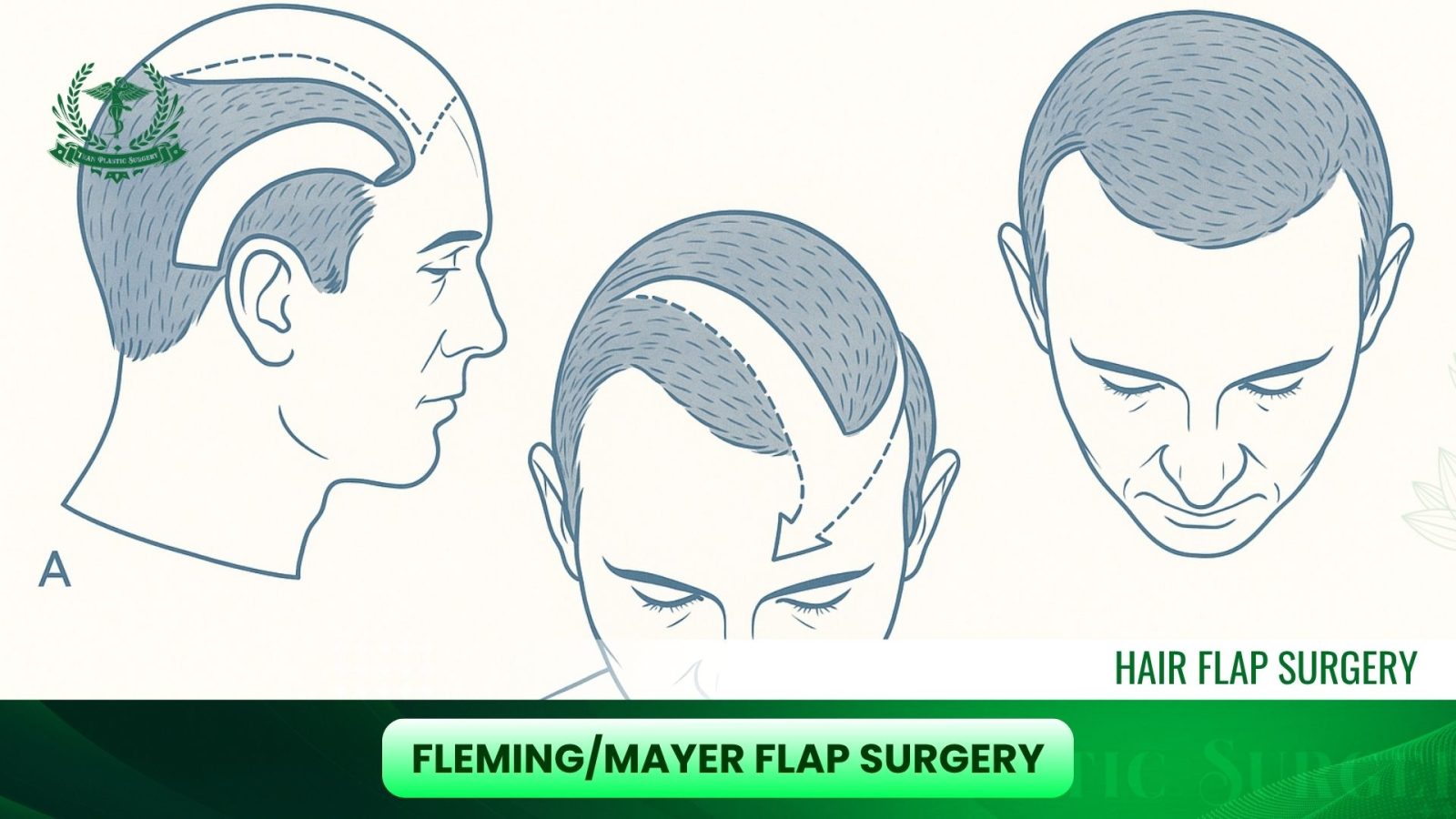
The Unwanted Consequences of Hair Flap Procedures
Hair Flap Surgery often produced unnatural and long-lasting side effects. Many patients experienced reversed hair direction, giving the hairline an awkward appearance that was difficult to style. Large linear scars commonly formed along the donor and recipient sites, making concealment challenging. Another frequent issue was tissue necrosis, where parts of the flap lost blood supply and failed to heal properly. These complications often left visible irregularities and required complex repair procedures to restore a natural look. Emotionally, patients faced frustration and regret after realizing the limitations of this outdated technique. Today, such cases highlight the importance of modern, minimally invasive options like FUE and robotic hair transplantation, which prioritize both precision and aesthetics. >>> Read more: Hair Transplant And Medical Treatment For Hair GrowthHair Flap Surgery Repair
Modern specialists have developed advanced techniques to address the visible and structural complications left behind by Hair Flap Surgery. The focus of these repair procedures is to restore a natural hairline, reduce scarring, and correct unnatural hair direction using refined methods such as FUE (Follicular Unit Extraction) and body hair transplantation. These contemporary solutions are both medical and artistic in nature, designed to rebuild confidence and achieve long-lasting, natural results.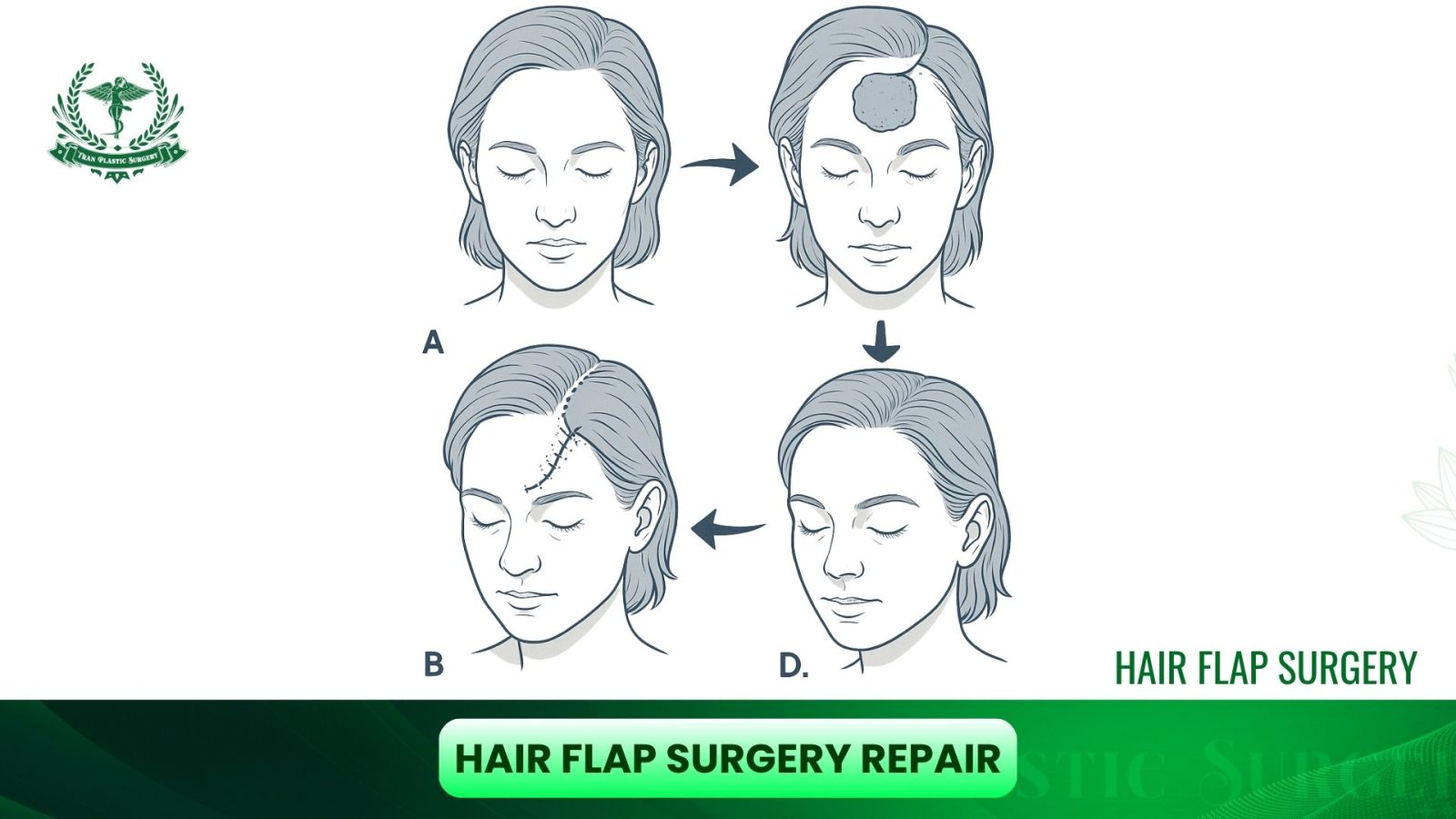
1. Repair of Abnormal Hairline and Linear Scars
Many patients present with hairlines that appear too low, reversed, or irregular after undergoing Hair Flap Surgery. Modern repair techniques begin with the careful removal of misplaced grafts and scarred tissue. New follicular units are then strategically re-implanted to design a balanced and realistic front hairline. To correct visible linear scars in donor or recipient areas, specialists use micrografting and scar camouflage methods. These minimize harsh transitions between scarred and healthy scalp tissue, creating smoother texture and a more uniform appearance. The result is a soft, naturally contoured hairline that blends seamlessly with surrounding hair.2. Repair of Hair Growth Patterns
One of the most complex aspects of repair involves correcting unnatural hair growth direction caused by scalp rotation in the original procedure. Using precision grafting, each follicle is implanted at the correct angle and density to replicate natural growth patterns. This meticulous process restores harmony and symmetry across the scalp, allowing the hair to flow naturally with the facial features.3. Aesthetic and Emotional Restoration
Beyond physical correction, modern Hair Flap Surgery repair focuses on aesthetic and emotional recovery. The goal is to restore confidence by creating results that look and feel authentic. When performed by a skilled surgeon, these repairs achieve a complete transformation not just of appearance, but of a patient’s sense of normalcy and self-assurance.Complications of Hair Restoration Using Hair Flap Surgery
Although Hair Flap Surgery was once praised for providing instant density and coverage, it carries a high risk of complications that can permanently affect both the scalp and hairline aesthetics. These complications occur because the technique involves transferring a large section of scalp tissue, which depends on delicate blood circulation for survival. When that balance is disrupted, the results can be unpredictable and often disfiguring.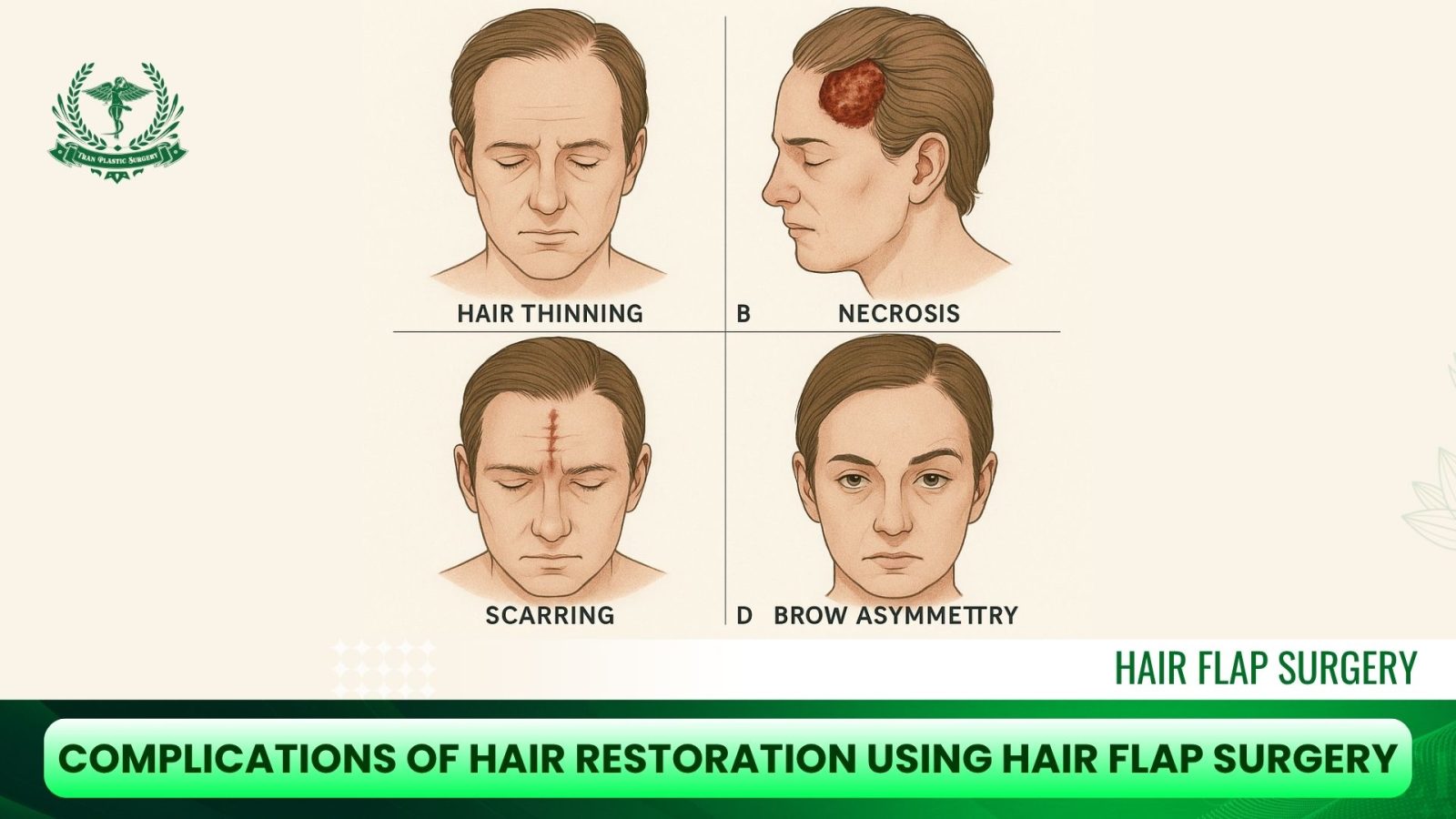
1. Necrosis
One of the most severe complications of Hair Flap Surgery is necrosis, or tissue death. This occurs when the blood supply to the transplanted flap is insufficient, causing sections of skin to darken, harden, and eventually die. Necrosis not only leads to scarring but can also leave permanent bald patches that are extremely difficult to repair. In some cases, additional reconstructive procedures are required to restore scalp integrity before any cosmetic correction can be attempted.2. Permanent Shock Loss
Patients often experience shock loss, a form of sudden shedding caused by trauma to the surrounding hair follicles. While temporary shedding is expected in most hair restoration procedures, the scale and depth of tissue manipulation in Hair Flap Surgery can lead to permanent follicle loss. The remaining hair around the flap may never regrow, worsening the contrast between treated and untreated areas.3. “Frankenstein Forehead”
A term used by patients and surgeons alike, the so-called “Frankenstein forehead” describes the unnatural, stitched appearance that sometimes results from Hair Flap Surgery. Because the hair-bearing tissue is rotated forward, the new hairline often appears unnaturally high, with hair growing in the wrong direction. The linear scars across the forehead or temple regions may also resemble surgical sutures, further exaggerating the unnatural look.4. Scalp Tightness and Discomfort
Following a large flap rotation, patients frequently report tightness and reduced scalp flexibility. This occurs because the procedure stretches surrounding tissue to close the donor wound. The resulting tension can lead to chronic discomfort, limited mobility, and even further scar widening over time.5. Infection and Poor Healing
The complexity of flap surgery increases the risk of infection, delayed healing, and hypertrophic scarring. Poor wound management or compromised blood flow can lead to wound separation, exposing the underlying tissue. Even with antibiotics, the healing process is lengthy, and cosmetic revision may be required later. The complication rate of flap hair transplant surgery far exceeds that of modern methods such as FUE (Follicular Unit Extraction) or robotic hair transplants. These new technologies minimize trauma, shorten recovery time, and provide much more natural results without the risk of serious flap failure. If you are considering using new, more advanced and safer methods, contact hair transplant specialist Dr. Tuan Tran today. (714) 839-8000 – (714) 530-5888Frequently Asked Questions – Hair Flap Surgery
1. Why do doctors still offer hair restoration using invasive and risky Hair Flap Surgery methods?
Some surgeons continue to perform Hair Flap Surgery because they were trained in older techniques and have not transitioned to modern tools such as FUE or robotic hair transplantation. In certain regions, it also remains a lower-cost option due to minimal equipment requirements. However, ethical medical professionals now recommend advanced, minimally invasive methods that prioritize patient safety, comfort, and long-term satisfaction.
2. Why would someone undergo Hair Flap Surgery knowing that hair in the hairline points in the opposite direction?
Patients often accept this risk because they are unaware of how the procedure affects hair direction. Before the advent of newer technologies, having any visible hair coverage was seen as a success. Unfortunately, the unnatural hair growth patterns resulting from flap rotation often make styling difficult and lead to dissatisfaction later. Modern hairline design techniques now ensure that every graft follows the natural flow of the hair for a seamless appearance.
3. What happens if balding continues after a Hair Flap Surgery?
Progressive baldness can expose the unnatural shape and direction of the flap, creating a patchy or disjointed look. Additional hair transplant repair procedures are often required to balance the hair density and improve overall harmony. Surgeons may use FUE grafting or body hair transplantation to fill in thinning areas and conceal scars left by the original surgery.
4. Is Hair Flap Surgery still performed in the United States?
In reputable U.S. clinics, Hair Flap Surgery is considered obsolete. Modern surgeons favor refined methods such as FUE and FUT, which deliver natural results with minimal scarring. However, some unregulated or overseas clinics may still promote flap techniques due to lower costs or lack of updated training. Patients are strongly encouraged to verify credentials and seek treatment from board-certified hair restoration specialists.
5. Can Hair Flap Surgery be completely repaired?
While complete reversal of the original flap is not always possible, significant aesthetic improvement can be achieved. Through scar revision, FUE graft implantation, and growth pattern correction, skilled surgeons can dramatically enhance the appearance of previous flap results. In many cases, patients regain natural hairlines and confidence that were once lost.
6. How does Hair Flap Surgery compare to modern hair transplant methods?
Unlike flap procedures that rely on large scalp sections, modern hair transplants move individual follicular units. This approach allows for precise control of density, direction, and distribution. It also reduces scarring, downtime, and long-term complications, making it the preferred choice among today’s hair restoration professionals.

